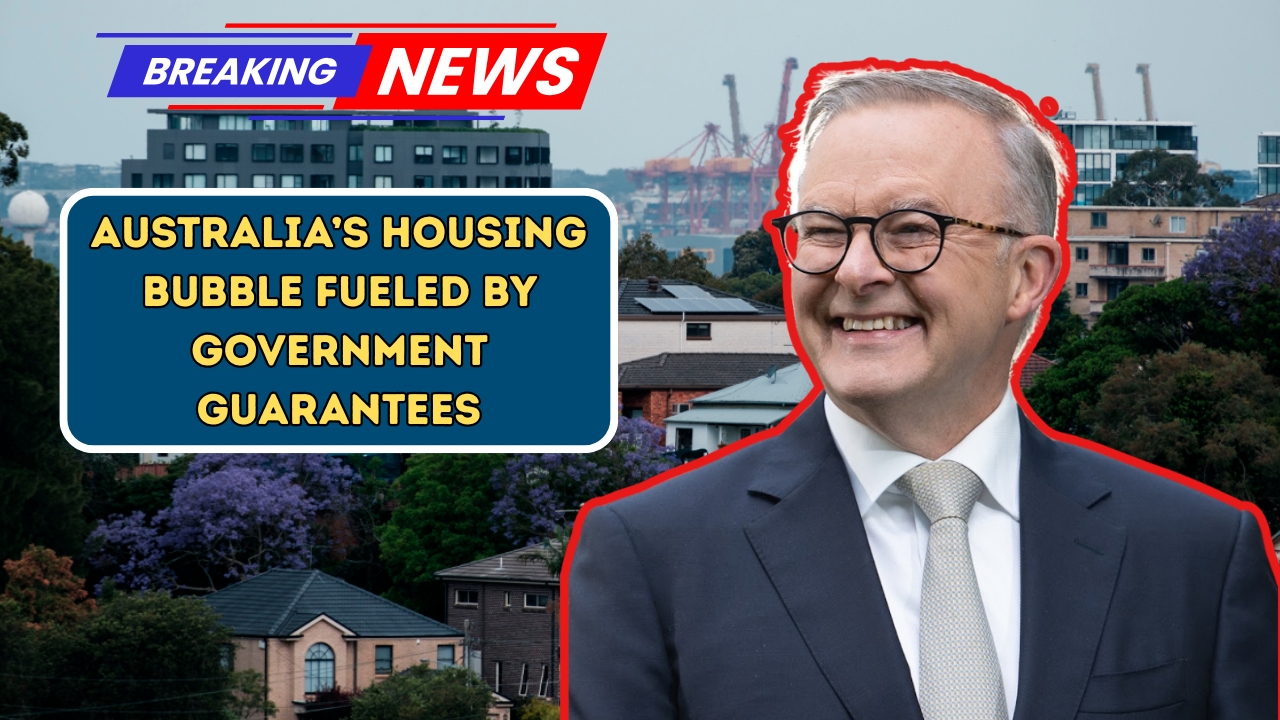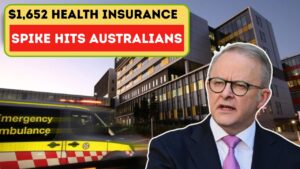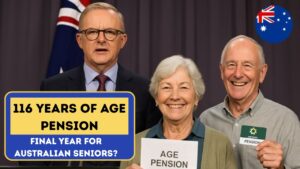Australia’s housing market has been a hot topic for years now. Prices keep climbing, affordability keeps shrinking, and many young Australians feel like home ownership is slipping further and further out of reach. But here’s the twist: a big part of this ongoing housing bubble is being fueled by government guarantees. Yep, the very policies designed to help people into homes may also be the ones driving prices higher. It’s a bit of a paradox, isn’t it?
Let’s break it all down in a simple, conversational way.
The Current State of Housing in Australia
Housing affordability has become one of the toughest challenges for everyday Australians. Over the last decade, property prices have skyrocketed, particularly in major cities like Sydney, Melbourne, and Brisbane. To put things into perspective, here’s a quick look at how median house prices have grown:
| Year | Median Sydney Price | Median Melbourne Price | National Average |
|---|---|---|---|
| 2010 | $600,000 | $500,000 | $430,000 |
| 2015 | $870,000 | $640,000 | $540,000 |
| 2020 | $1,000,000+ | $750,000+ | $660,000 |
| 2025 | $1,300,000+ | $950,000+ | $780,000+ |
The numbers don’t lie. Wages haven’t kept up, and for many, the great Australian dream of home ownership feels more like a fantasy.
How Government Guarantees Work
The government, to be fair, isn’t sitting idle. Over the years, schemes like the First Home Loan Deposit Scheme, Family Home Guarantee, and more recently the Regional First Home Buyer Guarantee have been introduced.
These programs allow buyers to enter the property market with as little as a 2–5% deposit while the government acts as the guarantor for the rest. On paper, this sounds great. For struggling first-time buyers, it removes one of the biggest hurdles—saving up that massive 20% deposit.
But here’s the catch: when more people can suddenly buy houses with smaller deposits, demand shoots up. And when demand rises faster than supply (which is exactly what’s been happening in Australia), prices inevitably climb. It’s Economics 101.
The Bubble Effect
So, instead of cooling the market or making homes more affordable, these guarantees might actually be inflating the housing bubble. Think about it—every time new buyers are introduced with easier access to credit, competition heats up, and sellers push prices higher.
This doesn’t just hurt first-time buyers. It also puts pressure on renters, because landlords often pass on rising property costs. And let’s be honest, in cities where demand already outstrips supply, this only makes things worse.
The Bigger Picture
Government guarantees are only one piece of the puzzle, though. Low interest rates over the last decade, foreign investment, and tax incentives like negative gearing have also poured fuel on the housing fire. But guarantees play a particularly sneaky role because they are presented as “help” for average Australians, when in reality, they may be keeping the bubble inflated.
Some economists argue that these schemes are politically popular but economically risky. Why? Because if prices crash, the government—and by extension, taxpayers—are on the hook for those guarantees. It’s like kicking the can down the road while hoping it doesn’t blow up later.
What Could Change?
There’s no simple fix, unfortunately. But experts have floated some ideas:
- Building more homes faster – tackling supply directly.
- Targeting guarantees only to lower-value homes or regional areas.
- Reforming tax policies like negative gearing to reduce speculation.
- Tightening lending standards so the market doesn’t overheat further.
At the end of the day, affordability won’t magically improve unless demand and supply are better balanced. Until then, government guarantees might keep offering short-term relief but also long-term headaches.
Wrapping It Up
So, where does this leave us? Well, the housing bubble in Australia isn’t just about greedy investors or overseas buyers. It’s also about government policies—specifically guarantees—that, while well-intentioned, may be fueling the very problem they’re meant to solve.
Honestly, it’s a bit of a double-edged sword. On one hand, families who would otherwise never afford a home get a foot in the door. On the other hand, the market as a whole keeps inflating, making that very door harder to reach for the next wave of buyers.
The big question is: how long can this cycle go on before it hits breaking point? Only time will tell, but one thing’s clear—the conversation about housing in Australia isn’t going away anytime soon.
FAQs
Q1. What is the First Home Loan Deposit Scheme?
It’s a government program that allows first-time buyers to purchase a home with as little as a 5% deposit, with the government acting as guarantor.
Q2. Do government guarantees lower house prices?
Not really. They usually increase demand, which can actually push prices higher.
Q3. Why are house prices so high in Australia?
A mix of factors—low interest rates, high demand, limited supply, and government incentives all contribute.
Q4. Can the housing bubble burst?
Yes, if interest rates rise sharply or if economic conditions worsen, prices could fall.
Q5. What could improve housing affordability?
More housing supply, changes to tax policies, and tighter controls on lending and guarantees could help in the long run.




